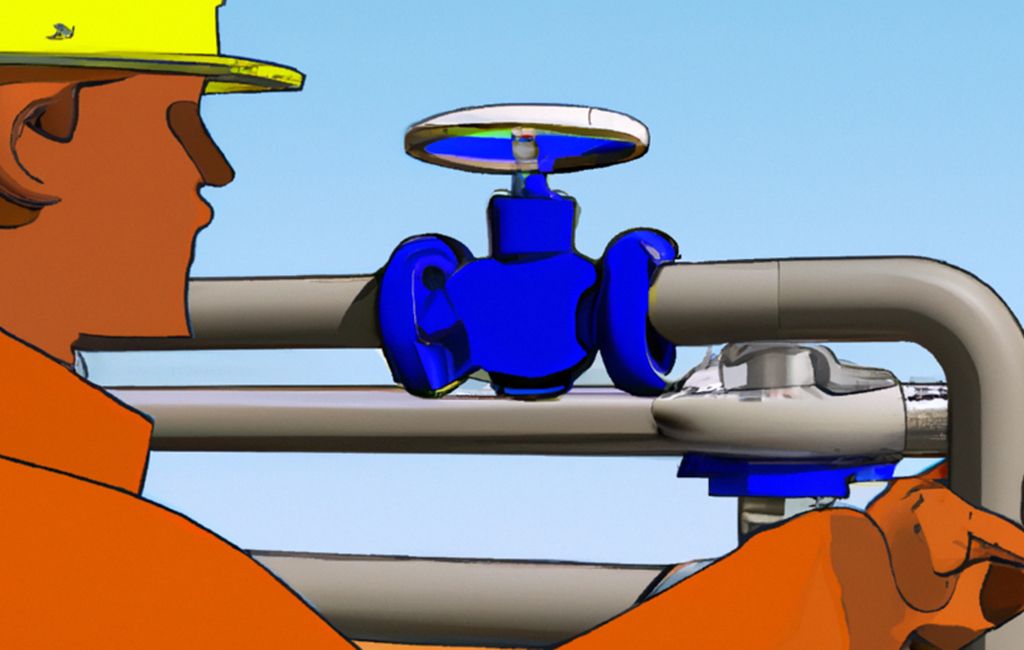May 03, 2024
Revolutionizing Quality Assurance

In today's fast-paced world, ensuring the safety and reliability of structures and machinery is of utmost importance. Non-Destructive Testing (NDT) plays a vital role in achieving this goal, allowing us to assess the integrity of materials and components without causing any damage. Over the years, NDT has evolved significantly, thanks to technological advancements that have revolutionized the way we inspect and evaluate structures, pipelines, aircraft, and more. In this article, we will explore the fascinating world of NDT inspections and the pivotal role that technology has played in enhancing their effectiveness.
Understanding NDT Inspections
Non-Destructive Testing, as the name suggests, is a set of techniques used to evaluate the properties of a material, component, or system without causing any damage. This is crucial in industries where safety and reliability are paramount, such as aerospace, oil and gas, manufacturing, and construction. NDT inspections help identify defects, flaws, or irregularities that may compromise the structural integrity of a component, thereby preventing catastrophic failures.
Common NDT methods include:
-
Ultrasonic Testing (UT): Utilizes high-frequency sound waves to detect internal flaws or discontinuities in materials.
-
Radiographic Testing (RT): Involves the use of X-rays or gamma rays to inspect the internal structure of an object.
-
Magnetic Particle Testing (MT): Detects surface and near-surface defects in ferromagnetic materials using magnetic fields.
-
Liquid Penetrant Testing (PT): Reveals surface cracks and defects by applying a penetrant liquid that seeps into discontinuities.
-
Eddy Current Testing (ECT): Uses electromagnetic fields to identify defects in conductive materials.
-
Visual Testing (VT): The simplest method, involving a visual examination of the component for surface defects or irregularities.
Technological Advancements in NDT
Technology has been a driving force behind the continuous improvement and innovation in NDT methods. Here are some key ways in which technology has transformed NDT inspections:
-
Advanced Imaging Techniques: Digital radiography and computed tomography (CT) scanning have replaced traditional film-based methods. They provide clearer, higher-resolution images, allowing for better defect detection and analysis.
-
Robotics and Automation: Remote-controlled robots and drones equipped with NDT sensors can access hard-to-reach areas and perform inspections more efficiently and safely.
-
Artificial Intelligence (AI) and Machine Learning: AI algorithms can analyze vast amounts of NDT data to detect defects with high accuracy. This reduces human error and speeds up the inspection process.
-
Portable NDT Devices: Miniaturization and portability of NDT equipment have made inspections more accessible in various industries, including field inspections in remote locations.
-
Real-Time Monitoring: Continuous monitoring systems can detect defects as they develop, allowing for proactive maintenance and minimizing downtime.
-
Augmented Reality (AR) and Virtual Reality (VR): AR and VR technologies can overlay NDT data onto the real-world view, aiding technicians in on-site inspections and training.
Benefits of Technologically-Enhanced NDT
The integration of technology into NDT inspections brings several advantages:
-
Enhanced Accuracy: Advanced sensors and AI-driven algorithms can identify defects with unparalleled precision, reducing false positives and negatives.
-
Increased Efficiency: Automated systems and robotics speed up the inspection process, reducing human labor and minimizing downtime for businesses.
-
Improved Safety: Remote inspection capabilities, including drones and robots, keep technicians out of potentially hazardous environments.
-
Cost Savings: Early defect detection and predictive maintenance help organizations avoid costly repairs and replacements.
-
Data Analytics: The collection and analysis of NDT data over time provide insights for predictive maintenance and process optimization.
Non-Destructive Testing has come a long way, evolving from traditional methods to technologically advanced processes that enhance safety, reliability, and efficiency across various industries. With continuous innovations and integration of AI, robotics, and real-time monitoring, NDT inspections have become indispensable tools in ensuring the structural integrity of critical components and systems. As technology continues to advance, we can expect NDT to play an even more crucial role in safeguarding our infrastructure and equipment in the years to come.